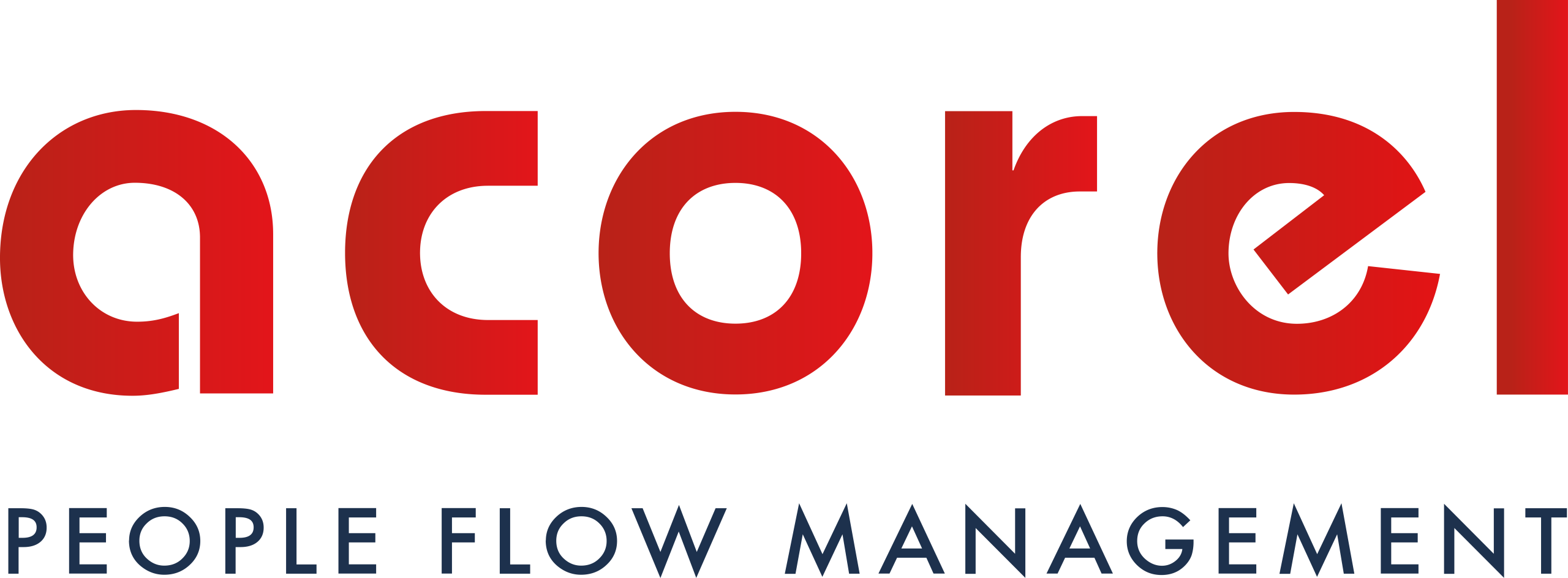The smart management of passenger flows using Big Data has become a strategic approach to improving mobility in public transportation. This management relies on the collection, analysis, and utilization of massive data sets to predict passenger behavior and optimize their movements.
Big Data in public transport
Big Data is the ability to process and analyze massive amounts of data, often in real time. These data come from various sources such as transport tickets, presence sensors, cameras, mobile apps, and even social media. But Big Data goes beyond mere data collection: it enables the transformation of this information into concrete actions to optimize transport flows.
The role of Big Data
In the transport sector, Big Data is used to understand congestion patterns to prevent them and to plan a user-friendly journey. It enables the identification of passenger profiles and needs, allowing for the optimization of routes based on user data analysis and real-time information.

The use of Big Data in measuring mobility is processed and analyzed to understand trends.
- Ticketing data: information on ticket purchases, their validation at entry and exit points.
- Sensor data: automatic people flow counting solutions.
- Weather data: which influences passenger flows.
- Real-time data from transport systems: schedules, delays, route changes.
Automatic counting solutions : a pillar of Big Data
Automatic counting solutions are the “eyes” of Big Data in public transport. These devices are a major data source for public transportation. Their technological foundation relies on a variety of counting devices positioned to collect customer flow data.
- Stereoscopic vision cameras
- Infrared sensors
- AI based sensors (computer vision, Origin/Destination)
- Floor pressure sensors
They provide reliable data on the number of passengers on board. This data is then combined with other Big Data sources, such as ticketing data, real-time traffic data, and weather forecasts, to offer a comprehensive view of passenger flows.
The benefits of using Big Data in public transport
The combination of this data offers many advantages to public transport operators.
- Optimization of frequencies and schedules
By identifying peak and off-peak times, it becomes possible to adjust the frequency of buses, trams, or trains in real-time to better meet demand.
- Improvement of user experience
A mobile app can provide precise bus schedules or recommend an alternative route to avoid traffic jams. With better information, users can plan their trips more efficiently and comfortably.
- Safety management
In case of incidents or crises, managers can adjust passenger flows to facilitate evacuation and prevent accidents.
- Crowd prediction
It is possible to predict peak times based on upcoming events or weather conditions.
- Smart traffic management
By optimizing traffic flow and reducing congestion, Big Data also helps lower greenhouse gas emissions and make cities more sustainable.
- Development of integrated mobility services
Big Data facilitates the implementation of integrated mobility services, allowing users to plan, book, and pay for various modes of transport through a single app.
Anticipating passenger flows with AI
What makes passenger flow management truly smart is Big Data’s ability to anticipate needs. By combining historical data with algorithms, it is now possible to predict peak hours during the day or during special events.
In summary, smart management of passenger flows through Big Data and automatic counting solutions is a revolution in public transport. By enabling a better understanding of passenger behavior and real-time service optimization, these techniques transform the travel experience for public transport users. The cities of tomorrow, smarter and more interconnected, will rely on Big Data to offer a smoother, safer, and more personalized mobility experience.
For more information, click here
